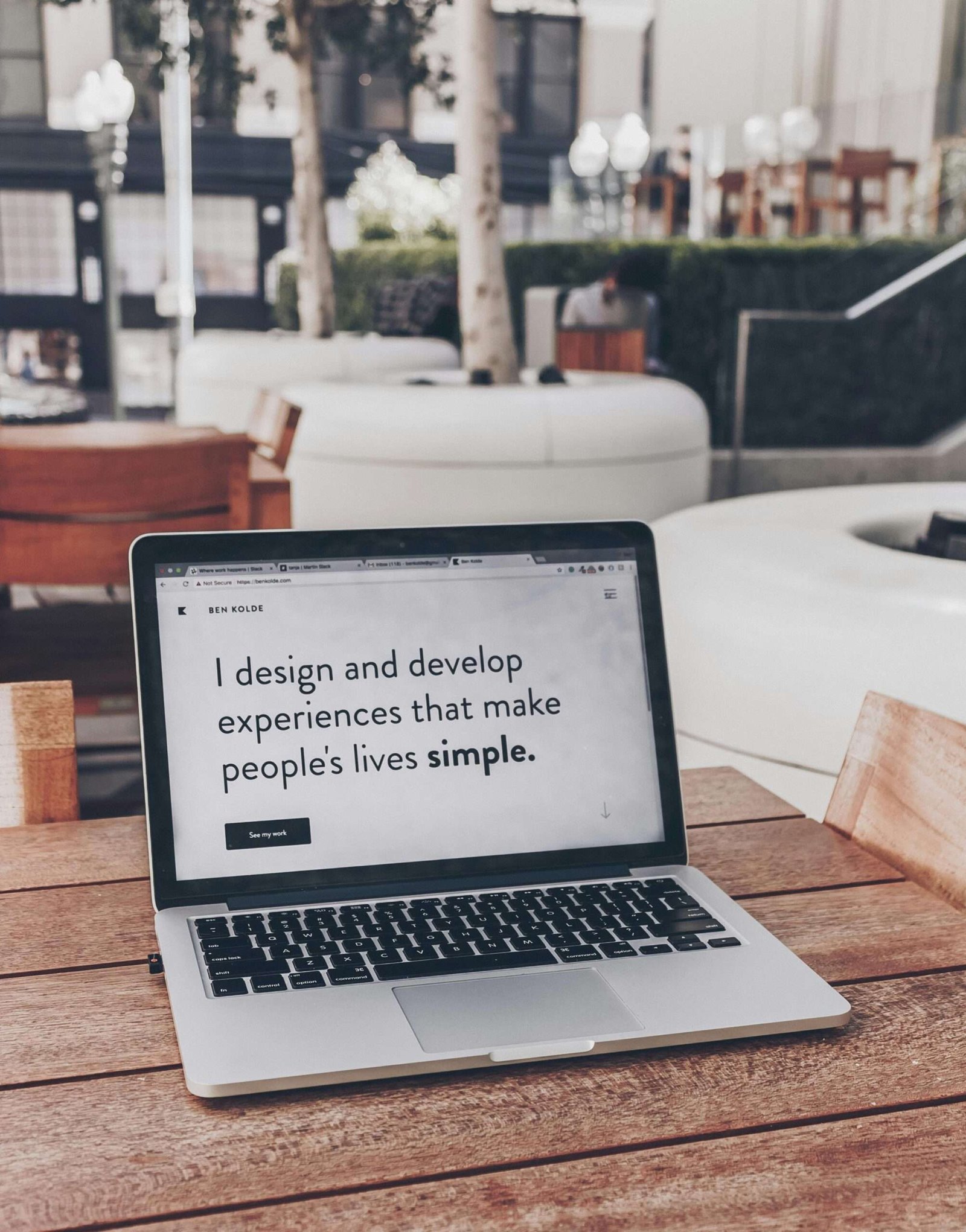In today’s digital age, having a website that is compatible with different browsers and devices is essential. With the increasing variety of devices and browsers available in the market, it is crucial to ensure that your website can be accessed and viewed seamlessly by all users. In this blog post, we will discuss some tips and best practices to create a website that is compatible with different browsers and devices.
1. Responsive Web Design:
One of the most important aspects of creating a website that is compatible with different devices is to use responsive web design. Responsive web design ensures that your website adapts to the screen size and resolution of the device it is being viewed on. This means that whether a user is accessing your website on a desktop computer, a tablet, or a mobile phone, the website will automatically adjust its layout and content to provide the best user experience.
2. Cross-Browser Compatibility:
Another crucial factor to consider when creating a compatible website is cross-browser compatibility. Different browsers interpret and render web pages differently, which can result in variations in the appearance and functionality of your website. To ensure cross-browser compatibility, it is important to test your website on multiple browsers such as Google Chrome, Mozilla Firefox, Safari, and Microsoft Edge. This will help you identify any issues or inconsistencies and make the necessary adjustments to ensure a consistent experience across all browsers.
3. Test on Different Devices:
Apart from testing your website on different browsers, it is equally important to test it on various devices. This includes desktop computers, laptops, tablets, and mobile phones with different screen sizes and resolutions. By testing your website on different devices, you can identify any layout or functionality issues and make the necessary optimizations to provide a seamless experience to all users.
4. Optimize Images and Media:
Images and media files can significantly impact the loading time of your website. To ensure compatibility across different devices and browsers, it is important to optimize your images and media files. This includes compressing images to reduce their file size without compromising on quality, using appropriate file formats (such as JPEG or PNG), and implementing lazy loading techniques to load media files only when they are needed. By optimizing your images and media, you can improve the performance of your website and provide a smoother experience to users.
5. Use Standard Web Technologies:
When developing your website, it is recommended to use standard web technologies such as HTML, CSS, and JavaScript. These technologies are widely supported by all modern browsers and devices, ensuring compatibility across different platforms. Avoid using browser-specific features or proprietary technologies that may not be supported by all browsers. By sticking to standard web technologies, you can ensure a consistent experience for all users.
6. Regularly Update and Maintain Your Website:
Technology is constantly evolving, and new browser versions and devices are regularly released. To ensure ongoing compatibility, it is important to regularly update and maintain your website. This includes keeping your content management system (CMS), plugins, and themes up to date, testing your website on new browser versions and devices, and making any necessary adjustments or optimizations.
In conclusion, creating a website that is compatible with different browsers and devices is essential in today’s digital landscape. By following the tips and best practices mentioned in this blog post, you can ensure that your website provides a seamless experience to all users, regardless of the browser or device they are using. Remember to regularly test and update your website to stay up to date with the latest technologies and deliver the best user experience possible.

